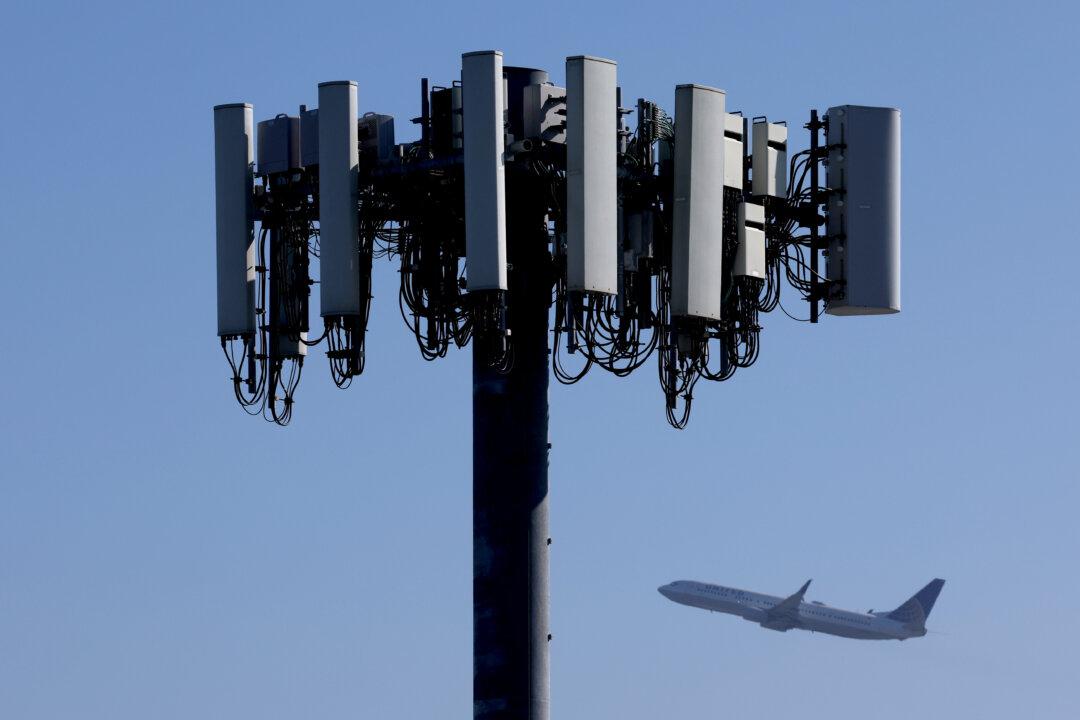Researchers have published a three-part, 150-page review of how wildlife could be harmed by the non-ionizing electromagnetic fields (EMF) produced by wireless infrastructure, raising questions about the environmental safety of the technology as 5G begins to blanket the United States.
“We’ve known for a while now, through a number of scientific studies, that cellular radiation is harmful to wildlife as well as people,” said epidemiologist Devra Davis.





